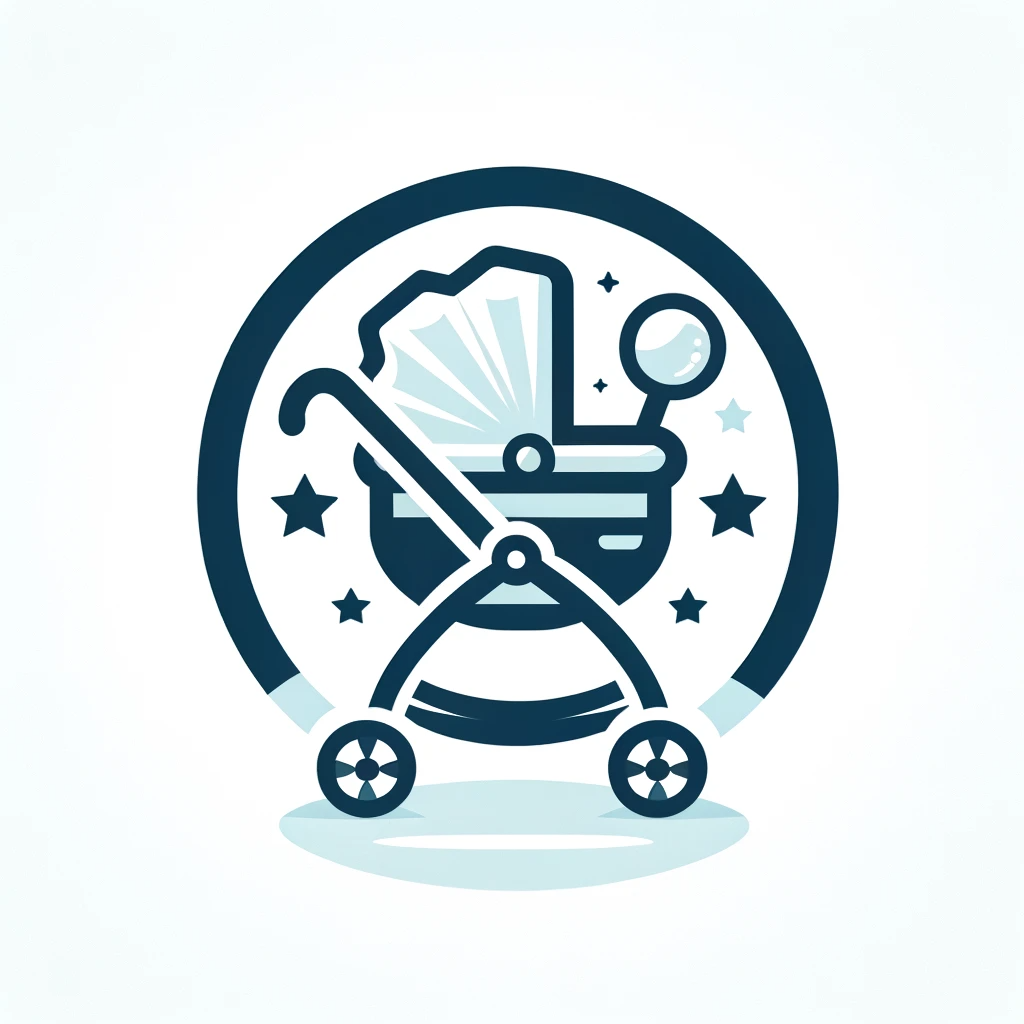Understanding Federal Regulations for Carriages and Strollers
When it comes to child safety, the United States has stringent regulations in place to ensure that the products we use are safe and reliable. This includes carriages and strollers, which are a common part of a young child’s life. In this blog post, we will delve into the federal regulations that govern carriages and strollers and explore what these requirements mean for both manufacturers and consumers.

What Is a Carriage?
A carriage is a specialized wheeled vehicle designed for the transport of one or more infants. These infants are typically in a reclining position when in a carriage. The motive power for a carriage is supplied by a person who pushes or pulls on a handle attached to the vehicle. Additionally, carriages are often capable of being folded for storage, making them convenient for parents and caregivers.
What Is a Stroller?
A stroller, on the other hand, is another type of wheeled vehicle used to transport infants or children. Strollers are typically designed for children who can sit up or be in a semi-reclined position. Like carriages, strollers are operated by a person pushing on a handle, and they are also typically foldable for storage. Strollers are suitable for children from infancy up to 36 months of age.
The Purpose of the Carriage and Stroller Standard
The primary aim of the carriage and stroller standard is to minimize the risk of injuries and deaths associated with the use of these products. This comprehensive standard covers various aspects, including stability, brakes, restraint systems, latches, folding mechanisms, structural integrity, cords, wheels, and even openings in convertible carriage/strollers and multi-positional/adjustable grab bars.
Where to Find the Standard
The standard for carriages and strollers can be found in the Code of Federal Regulations at 16 CFR Part 1227. It references ASTM F833-21, which is the Standard Consumer Safety Performance Specification for Carriages and Strollers. Detailed information about the requirements and test descriptions can be obtained by purchasing ASTM F833-21 from ASTM International. A read-only version of the standard is also accessible on the ASTM website.
Requirements for Carriages and Strollers
The standards for carriages and strollers apply to various components or areas of the products to address specific hazards. These include latching and locking mechanisms, openings to prevent finger entrapment, frame and canopy hinges to address potential hazards, and many other safety-related components.
Additional Requirements Under the CPSIA
In addition to the general standards, carriages and strollers are subject to additional requirements as mandated by the Consumer Product Safety Improvement Act (CPSIA). These additional requirements cover aspects like surface coatings, lead and phthalate content, third-party testing and certification, registration cards, and tracking labels. Compliance with these requirements is essential for manufacturers and distributors.
Where to Find More Information
For further information and assistance regarding the requirements for carriages and strollers, you can contact the U.S. Consumer Product Safety Commission (CPSC). The Small Business Ombudsman at CPSC can help with understanding and complying with CPSC regulations. You can get in touch with them via email or telephone.
Ensuring the safety of carriages and strollers is not only a legal requirement but also a moral responsibility. Adhering to these regulations is crucial for protecting the youngest members of our society and providing peace of mind to parents and caregivers. Complying with federal regulations is not just about following the law; it’s about safeguarding the well-being of our children.

